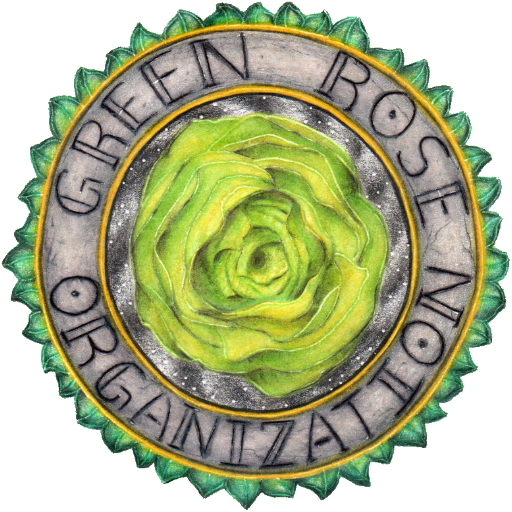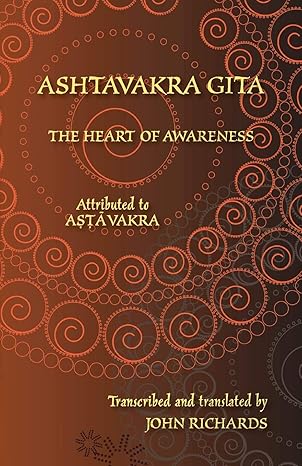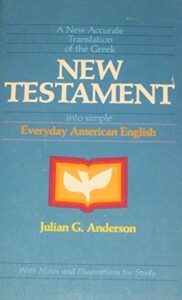Ashtavakra Gita
by Ashtavakra - Translated by John Richards
The Ashtavakra Gita is a profound spiritual text attributed to the sage Ashtavakra, offering a direct and uncompromising approach to self-realization. John Richards' translation presents its essence in clear and accessible language.
Synopsis:
- The text is structured as a dialogue between King Janaka and the sage Ashtavakra, where Janaka seeks enlightenment.
- Ashtavakra emphasizes pure awareness, teaching that liberation is not achieved through rituals or intellectual pursuits but through direct recognition of the Self.
- The verses dismantle attachment to the body, mind, and worldly identity, urging the seeker to transcend duality and rest in the effortless state of being.
- The Gita rejects conventional morality and religious dogma, advocating absolute freedom from concepts and conditioning.
- It presents non-duality (Advaita Vedanta) in its purest form, asserting that the Self is beyond suffering, beyond action, and beyond all distinctions.
This text is often considered one of the most radical expressions of spiritual liberation, stripping away all illusions and leaving only the unshakable truth of existence. You can explore Richards' translation here.
The Ashtavakra Gita, as translated by John Richards, is structured into twenty chapters, each offering profound insights into self-realization and non-duality. Here’s a breakdown:
- Janaka’s Awakening – King Janaka asks Ashtavakra how to attain liberation, and the sage responds with direct teachings on self-awareness.
- The True Nature of the Self – Ashtavakra emphasizes that the Self is beyond suffering, beyond action, and eternally free.
- The State of Liberation – Liberation is not something to be attained but recognized as already present.
- Detachment and Renunciation – True renunciation is not about abandoning the world but realizing its illusory nature.
- The Nature of Bondage – Bondage arises from identification with the body and mind.
- The Vision of the Liberated One – The enlightened being sees no distinction between self and other.
- The Supreme Reality – The Self is beyond duality, beyond concepts, and beyond all limitations.
- The Nature of Knowledge – True knowledge is not intellectual but experiential.
- The Bliss of the Self – The liberated one abides in effortless joy.
- The Illusion of the World – The world is a projection of the mind, not an independent reality.
- The Unshakable Sage – The enlightened one remains undisturbed by external circumstances.
- The Effortless State – Liberation requires no effort, only recognition.
- The Dissolution of the Ego – The ego dissolves when one ceases to identify with thoughts and emotions.
- The Nature of the Witness – The Self is the eternal witness, untouched by experience.
- The Supreme Peace – True peace comes from resting in one’s own nature.
- The Abandonment of Seeking – Seeking itself is an obstacle to realization.
- The Spontaneous State – The liberated one acts spontaneously, without attachment.
- The Final Teaching – Ashtavakra declares that nothing needs to be done—one is already free.
- The Ultimate Silence – Words cannot capture the truth; silence is the highest teaching.
- The Perfection of Freedom – The Self is beyond all concepts, beyond all distinctions, beyond all limitations.
You can explore the full text of John Richards’ translation here.
GET THIS BOOK ON AMAZON:




